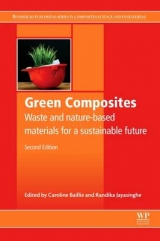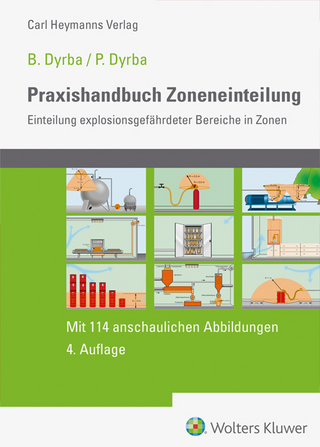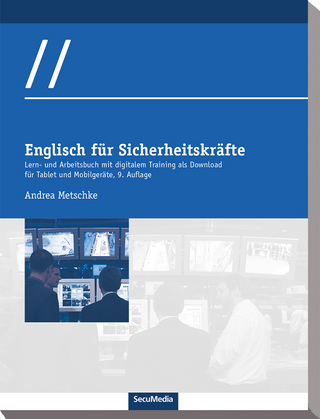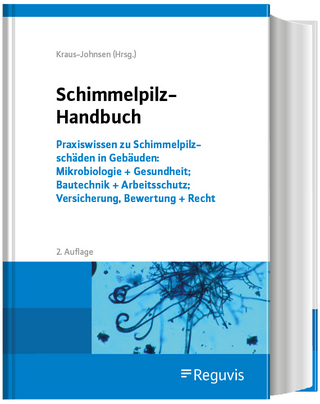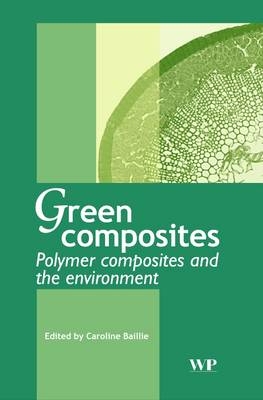
Green Composites
Woodhead Publishing Ltd (Verlag)
978-1-85573-739-6 (ISBN)
- Titel erscheint in neuer Auflage
- Artikel merken
There is an increasing movement of scientists and engineers who are dedicated to minimising the environmental impact of polymer composite production. Life cycle assessment is of paramount importance at every stage of a product’s life, from initial synthesis through to final disposal and a sustainable society needs environmentally safe materials and processing methods. With an internationally recognised team of contributors, Green Composites examines fibre reinforced polymer composite production and explains how environmental footprints can be diminished at every stage of the life cycle.The introductory chapters look at why we should consider green composites, their design and life cycle assessment. The properties of natural fibre sources such as cellulose and wood are then discussed. Chapter 6 examines recyclable synthetic fibre-thermoplastic composites as an alternative solution and polymers derived from natural sources are covered in Chapter 7. The factors that influence the properties of these natural composites and natural fibre thermoplastic composites are detailed in Chapters 8 and 9. The final four chapters consider clean processing, applications, recycling, degradation and reprocessing.Green composites is an essential guide for agricultural crop producers, government agricultural departments, automotive companies, composite producers and material scientists all dedicated to the promotion and practice of eco-friendly materials and production methods.
Caroline Baillie is Professor of Praxis in Engineering and Social Justice at the University of San Diego, a highly cited materials engineer, and cofounder of the not-for-profit organization Waste-for Life. Randika Jayasinghe is the Project Coordinator of the Department of Foreign Affairs and Trade funded project led by UWA: ‘Australian-Sri Lankan University partnerships to develop community-based recycling businesses’. Randika has a background in waste management and has recently completed her PhD on the use of waste-based composites.
Why green composites? An introduction; Designing green composites: Traditional and future trends; Life cycle assessment (LCA); Natural fibre sources; Alternative fibre sources: Paper and wood fibres as reinforcement; Alternative solutions: Recyclable synthetic fibre-thermoplastic composites; Natural polymer sources; Optimizing the properties of green composites; Green fibre thermoplastic composites; Clean production; Applications; Extraction for reuse: Recycling and degradation of composites; Reprocessing.
| Erscheint lt. Verlag | 1.9.2004 |
|---|---|
| Reihe/Serie | Woodhead Publishing Series in Composites Science and Engineering |
| Verlagsort | Cambridge |
| Sprache | englisch |
| Maße | 156 x 234 mm |
| Gewicht | 630 g |
| Themenwelt | Technik |
| ISBN-10 | 1-85573-739-6 / 1855737396 |
| ISBN-13 | 978-1-85573-739-6 / 9781855737396 |
| Zustand | Neuware |
| Haben Sie eine Frage zum Produkt? |
aus dem Bereich
